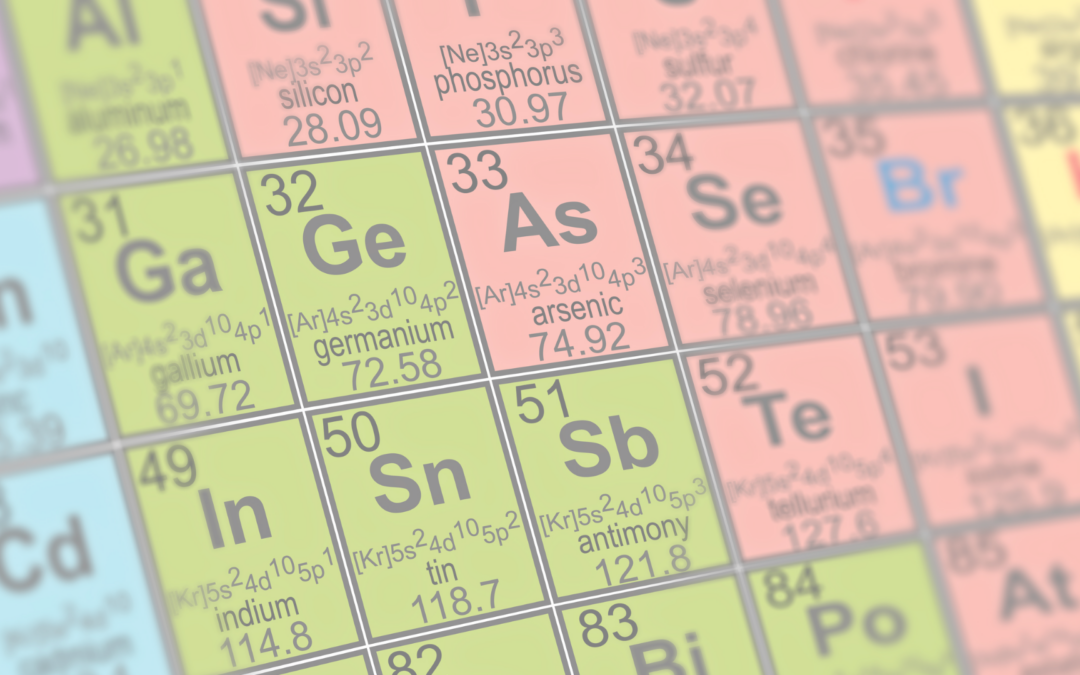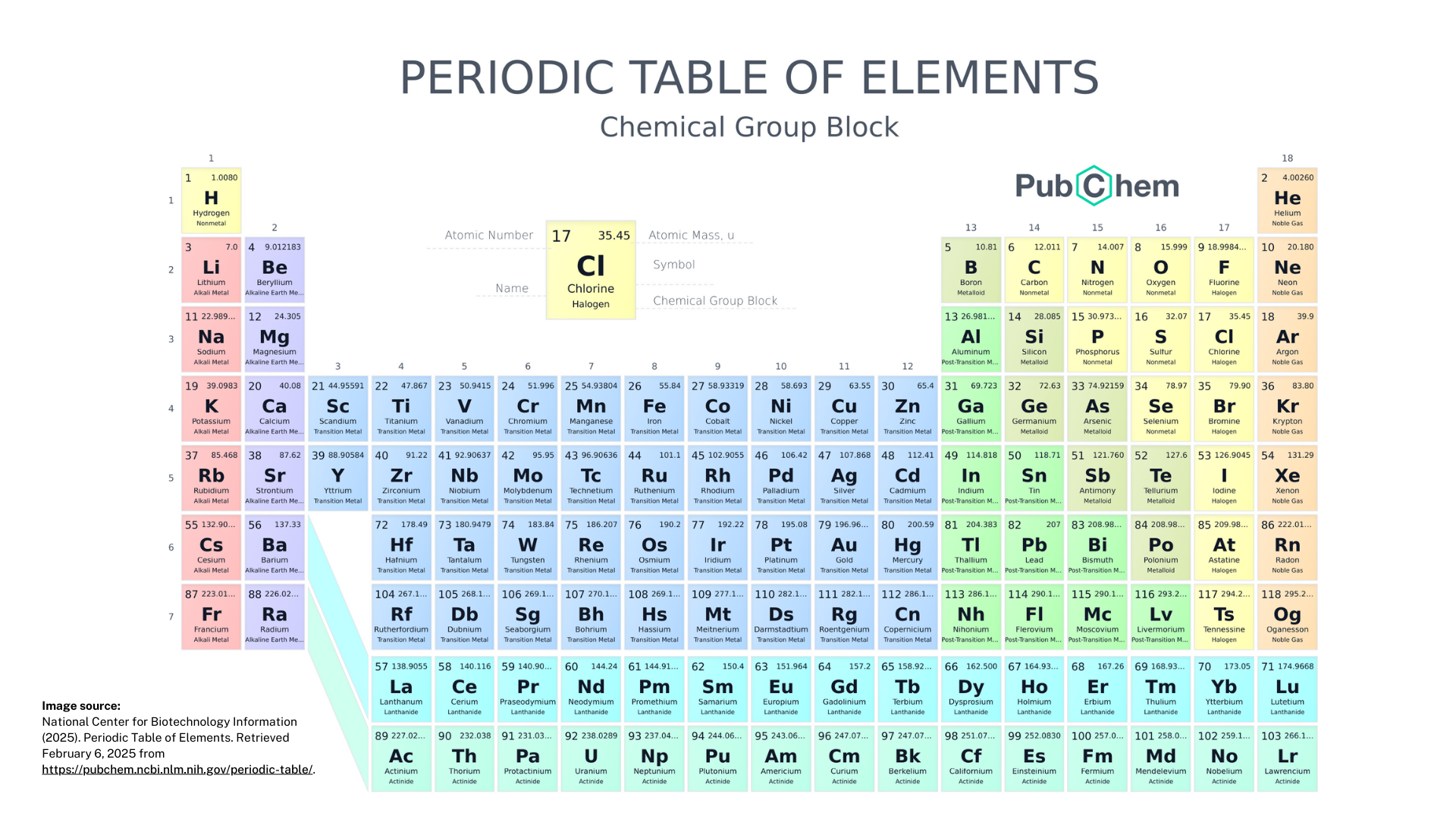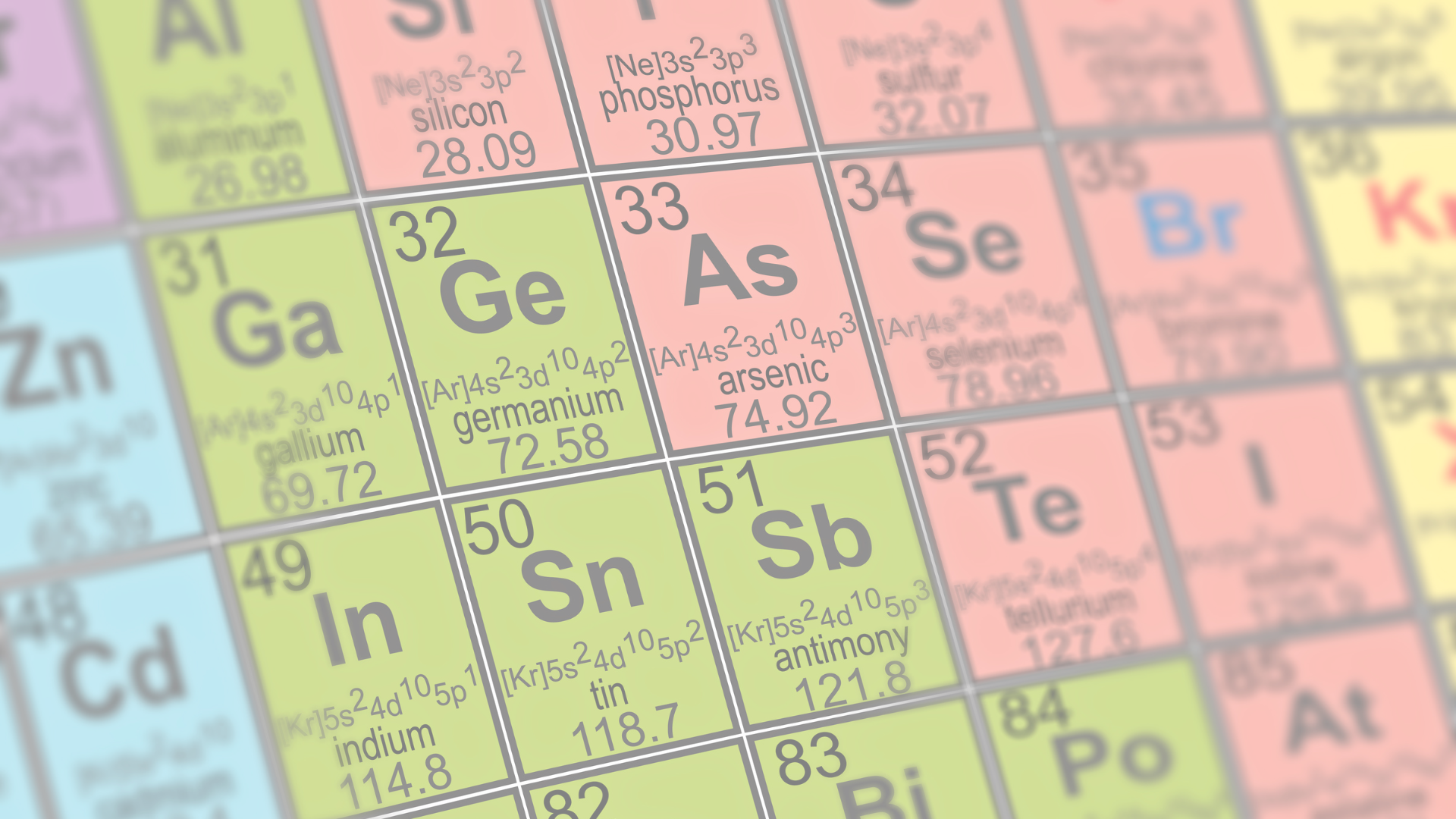In homeopathy, the mineral kingdom is the second largest kingdom (the largest being the plant kingdom). The mineral kingdom consists of remedies derived from natural elements and compounds, including metals, salts, and non-metals. These remedies are closely associated with themes of structure, stability, and support. Individuals who benefit from mineral remedies often seek order, security, and responsibility, striving to maintain balance in various aspects of life.
Minerals are particularly suitable for those who experience the world through a structured lens—whether physically (i.e. bone and joint health), emotionally (i.e. stability in relationships), or mentally (i.e. organization and planning). Mineral remedies are commonly used for chronic conditions and constitutional treatment, addressing issues at a fundamental level.
Mineral remedies are used practically, especially when there is an aspect of functioning and wellness that is deficient. They support the healing of issues related to bones, joints, skin, digestion, and mental clarity, while also helping with emotional challenges such as insecurity, grief, and burnout. By restoring structure and stability, these remedies allow the body and mind to regain balance and harmony.
Periodic Table Connection
Homeopathic mineral remedies are closely linked to the periodic table, with each element or compound representing specific personality traits and life challenges. Mineral remedies are grouped into categories that have distinct themes based on their periodic table grouping or chemical nature. Remedies from the left side of the table (e.g., Barium) often relate to dependency and insecurity, while those from the right side (e.g., Argentum or Aurum) often relate to confidence, responsibility, and leadership.
Understanding the periodic table helps homeopaths match a remedy to a person’s stage of development and challenges. The placement of a mineral on the periodic table can help determine the remedy that best fits an individual’s needs and application.
Based on rows in the periodic table, the following are patterns of mineral remedies:
Row 1 (Hydrogen & Helium): Themes include existential issues, birth, and unity versus separation.
Row 2 (Lithium to Neon): Themes include early development, bonding, dependence vs. independence.
Row 3 (Sodium to Argon): Themes include identity, relationships, nurturing, and emotions.
Row 4 (Potassium to Krypton): Themes include structure, responsibility, and security.
Row 5 (Rubidium to Xenon): Themes include creativity, self-expression and intellect.
Row 6 (Cesium to Radon): Themes include power, ambition, aspiration, leadership, and control.
Row 7 (Francium to Oganesson): Themes include transformation, destruction, and rebirth.
Known for his ground-breaking work related to the application of the periodic table in homeopathy, Jan Scholten’s book Homeopathy and the Elements is a wonderful resource that dives further and deeper into this topic and the mineral kingdom as a whole!
Themes of the Mineral Kingdom:
Distinct themes within the mineral kingdom include:
Organization & Structure: Mineral remedies are widely used for individuals who feel a strong need to create and maintain order in their lives, which can manifest as focusing on responsibilities, roles, or boundaries. There is a need for support, organization, and maintaining form. One example, the remedy Calcarea Carbonica may be suitable for an individual who feels overwhelmed by responsibilities and seeks a sense of security through routine.
Security & Stability: Mineral remedies frequently support concerns related to physical security (i.e. financial stress), emotional stability (i.e. fear of loss), and mental resilience (i.e. difficulty making specific decisions and following through). Overall, there is a theme of duty, obligations, and fear of failure among mineral remedies. Silicea, for example, is a remedy often used for individuals who feel delicate or lack inner strength, helping to address both physical and emotional weakness.
Relationships & Boundaries: Oftentimes mineral remedies help address how individuals connect with others while preserving their sense of self. Challenges with boundaries—whether too rigid or too fragile—are common. For instance, Natrum Muriaticum is suited for those who seem emotionally resilient yet internalize deep feelings of grief and separation.
Additionally, there are many remedies in the mineral kingdom that are used to support structural and degenerative conditions, including bone issues, joint pain, and delayed healing. For example, the remedy Calcarea Phosphorica may be used to promote bone growth and repair, particularly in children or after fractures.
In homeopathy, cell salts (or tissue salts) are a subset of the mineral kingdom. Derived from inorganic mineral compounds that are naturally found in the body, they are essential for cellular health. There are 12 basic cell salts that are believed to support the body’s ability to absorb and utilize minerals, promoting balance and overall well-being. We’ll be sharing more about cell salts in a coming post!
*This information is for educational purposes only. It is not intended to diagnose, treat, cure, or prevent any disease. This information is not intended to be used as medical advice. Please consult your doctor/a licensed healthcare provider before making any changes to your routine or starting any new products.


